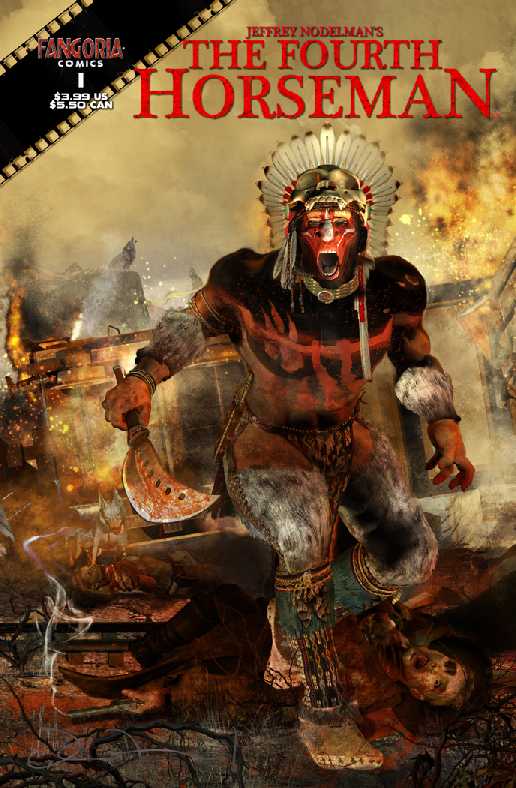By Erica Demarest
Many Native Americans blame America’s public education system for such stereotypes. Most children’s education about Native Americans starts at Columbus Day and ends at Thanksgiving, and few states design curricula to prevent that.
“It amazes me that we don’t have state standards that mandate teaching American Indian history as part of American history,” said Scott Stevens, director of the D'Arcy McNickle Center for American Indian History at the Newberry Library and a member of the Mohawk nation. “It’s like teaching American history without slavery, without conquests, without immigration. It’s a bizarre way to teach.”
Stevens spoke Thursday at a panel titled “America's Forgotten People" at Northwestern University’s School of Law in honor of Martin Luther King Jr. Day. He said that, in the absence of comprehensive education, most Americans lump the 562 federally recognized Native American tribes into one large group. But each self-governing tribe has its own religion, culture and language.
“Native Americans are kind of invisible,” said Sunny Gibson, director of multicultural affairs at the Feinberg School of Medicine, “and the ways that they are visible are not positive or constructive.”
When children study Native Americans, Stevens said, they learn about wars and conflicts, often ignoring the accomplishments of Native American authors, poets and athletes.
I "love" articles like this because they prove the stupid critics wrong.
Where do you think children learned that "hatchets, feathers, and the color red" represent Indians?
From real-live Indians? If you looked only at pictures of powwows and other ceremonial gatherings, I suppose you might see feathers. But tomahawks and the color red? No.
From school textbooks? If you looked only at historical paintings and photos, you'd probably see feathers. But tomahawks and the color red? No, generally not.
The correct answer is that children learn from the countless Native stereotypes in our media and society. Mascots, movies and TV shows, product packages, paintings and statues, and on and on. Anyone who doesn't understand this is a blithering idiot who can't see the facts in front of his face.
For more on the subject, see The Harm of Native Stereotyping: Facts and Evidence.
P.S. Give yourself a bonus point if you figured that children learn the color red from seeing such things as the Washington Redskins and Redskin magazine. I.e., from any repetition of this witless and erroneous slur. Duh.
Below: A red Indian with feathers and a hatchet.

What this cute li'l figure really signifies:


1 comment:
One antidote: education that real Indians are involved in.
http://www.record-eagle.com/local/local_story_364073059.html
"BENZONIA -- Renee Osgood doesn't believe today's social studies textbooks do enough to explain American Indians' contributions to state and national affairs.
Not only that, she said, but students gain richer context when they're presented with firsthand information. To do that, they have to look beyond textbooks.
That's what she plans to do with her sophomore civics students at Benzie Central High School after the new semester begins this winter. She wants to teach them about how tribal leaders interact with local governments and influence state and national policies through lobbying.
"Now we have a real-life example of that happening," Osgood said. "I just don't think people realize about the diversity we have, and I think it needs to be emphasized."
The idea to bring native history and culture into modern classrooms is motivated in part by the ties linking Benzie County Central Schools and the Grand Traverse Band of Ottawa and Chippewa Indians....."
Post a Comment